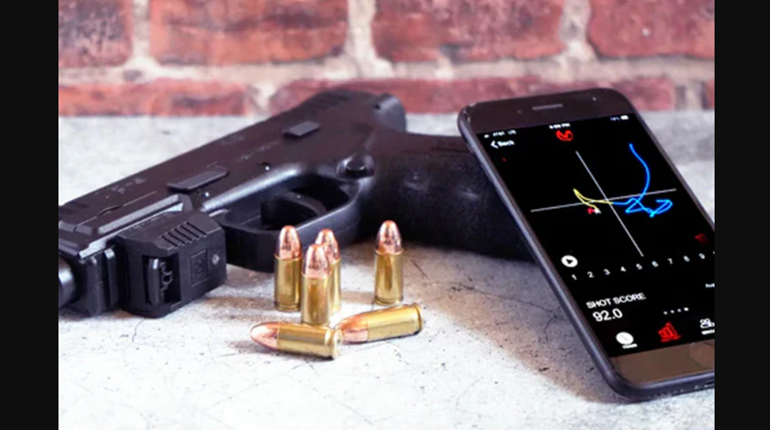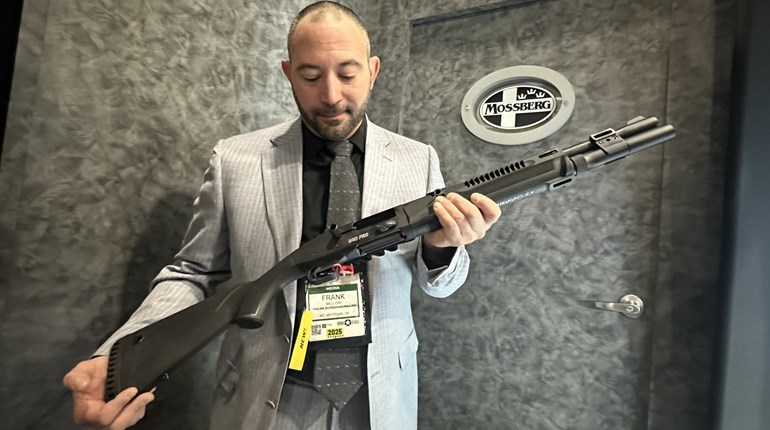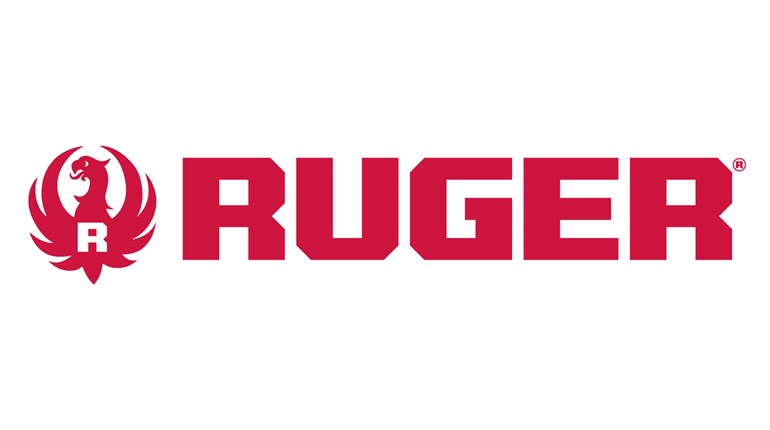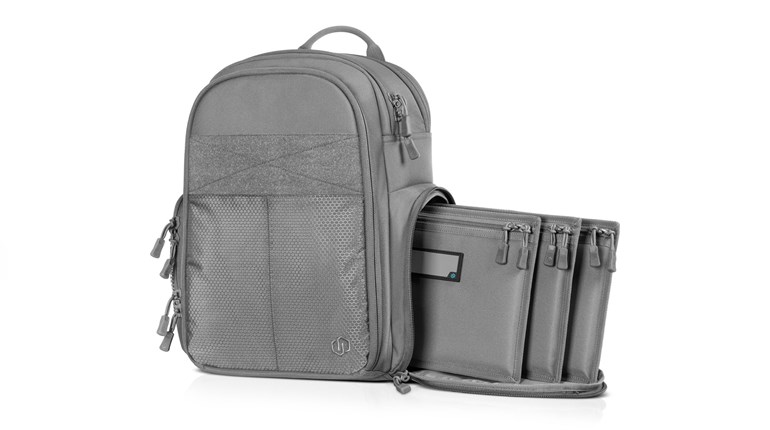
Time is money. Human beings have an amazing ability to turn one into the other through hard work or careful spending. The same relationship exists in the shooting sports—except both can be converted into skill. To that end, we must develop a second skill set to economize in these two areas. Top competitive shooters know how to make the most out of their time on the range and, during the current ammunition crunch, the most out of as few rounds as possible.
Here are five tips to help you turn valuable resources into points.
Mix in some dry fire with your live fire
Even though we dry fire plenty at home, you can save ammunition at the range if you mix in some dry-fire practice there as well. The value of this technique is best illustrated when we consider the offhand stage of service rifle. I can muster a few Xs during the first five shots, but when I approach shots six to 10, that gun feels like it gained some weight, and I start to break shots that I shouldn’t. So, to save ammo I dry-fire five shots, five live-fire ones and then double my score. By doing so I cut my ammo consumption in half, and focus on the most challenging shots of this leg.
Pistol shooters can apply this technique by starting with an empty chamber. Using this system gives better feedback on that first one out of the holster and offers an opportunity to perfect the immediate action drill. If you are working on a two-target drill, you’ll yield a 33-percent ammo savings and force yourself to practice something that shooters typically neglect.
Use “practice” ammo
We all have that go-to match round that we stock up for when the timer or scorecard is real, and should never change that. However, many of us use the same hard-to-find fodder during practice, and it doesn’t need to be that way. I shoot 75-grain Hornady BTHP bullets in scored matches, but at times, they seem to be made of unobtanium and the current price reflects that. However, 55-grain X-treme FMJ bullets fly just as straight inside 200 yards, and cost less. When it’s time to practice, I bring a Ziploc bag full of these handloads and use targets scaled down for 100 yards (available here). I’ve been doing this for just about 10 years, and the X-ring hasn’t noticed yet.
Rimfire is another tool that can save money. For those not interested in keeping two loads on hand, consider scaling the targets down to 50 yards and installing a CMMG .22 Conversion kit. This kit works with your unaltered AR-15 and, with quality ammunition, will hold the X-ring with ease. Handgunners can enjoy this option with a conversion slide or .22 Long Rifle clone of something that closely matches your match pistol.
Practice two disciplines
As stated at the beginning of this article, it’s important to manage time just as closely as money. We likely agree that “getting to the range is tough,” but have you ever looked at how literal that statement is? Using my routine as an example, I need about 20 minutes at home to get my stuff together (depending on what I’m doing) then I need 35 minutes of door-to-door travel time. Upon arrival, I’ll typically use about 15 minutes to set up my gear and place targets, and only then do I get to fire some rounds. If we include the same amount of time for the reverse, I’m looking at more than two hours of overhead without firing a single shot. That’s a monstrous investment just to shoot a single course of fire. However, if I bring the equipment for two disciplines, I cut that down to about half. Furthermore, if I’m really savvy, I’ll try to pick ones that use the same gun because that also cuts my cleaning down in half. Short-range trips have significant consequences, do your best to move your schedule around to dedicate as much time as possible on the firing line.
Fill magazines at home
Pay attention to everything in life, for you never know from where the lesson will come. This one comes from one of my students, Daniel Oliveri, as he sharply demonstrated the importance of coming prepared with as many magazines as you can afford. Typically, I have students bring 200 rounds of ammunition for a two-hour pistol lesson, and for 10 years had never had one run out before we were out of time. Daniel comes to each lesson with more than 20 magazines ready to go, and for the first time in my career, we ran out of ammunition with 30 minutes left in the lesson. He fires 25 percent more rounds than the average student by that math and pulls the same percentage of value out of our training session. By the math, those mags are paying for themselves.
Make good use of your cooling time
The final tip reaches out to precision rifle shooters, who can relate to staring at a rifle as the mirage boils off of the barrel. Instead of just admiring the air bacon, do something with that time. Do you shoot NRL 22? If so, set up a decent little stage on the same course with the same shooting props and a few rimfire targets. This practice lets you keep your rhythm and retry tactics that either worked or didn’t work with your center-fire rifle. Not into poodle poppers? That’s cool—how about loading ammunition at the range? No, I’m not talking about filling magazines, I’m talking about making ammo. With a good handpress and powder throwers such as the RCBS Chargemaster Supreme or Chargemaster Link, you can assemble new rounds before the brass from the previous ones cool. Doing frees up time at home for relaxing—or more dry-fire practice.
Similar to many things in life, you can have more than you think if you look a little deeper. I’m the kind of guy who washes plates while waiting for the microwave, checks the oil while the gas is pumping and even (begrudgingly) takes out the trash during commercials. It only makes sense that I maintain the same mindset at the range—and as a result, I benefit there as well.



































